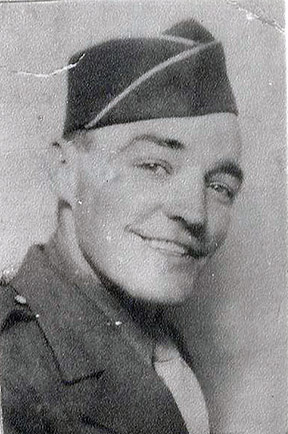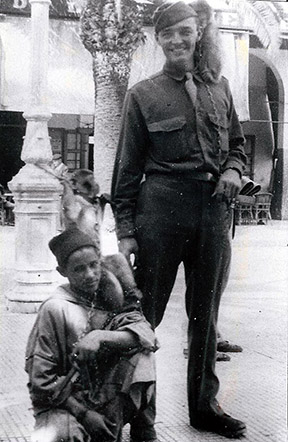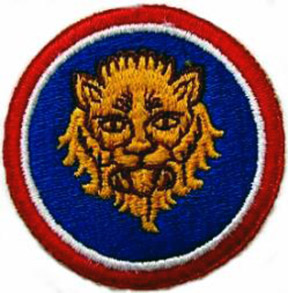Hundreds of young American
soldiers were killed during six days of fierce fighting in the bitter
winter of January, 1944. Allied forces faced withering fire from German
troops entrenched in the mountainous region near Monte Cassino, Italy.
So the family at home in Stamford, Conn., had no clue as to his whereabouts until a small box containing his personal effects arrived at his home a couple of weeks after the War Department notified his family of his death. That box had been preceded by the telegram American families dreaded during those tense years: "The War Department regrets to inform you…." With a thoughtfulness that was appreciated, Western Union had delivered the telegram to our parish priest (Father Wladasz of Holy Name R.C. Church) who then brought it personally to our home on a tearful Saturday morning.
`The family then tried to contact men who might have served with Lenny and could provide any information at all. Those efforts also proved futile, however. Army spokesmen explained that casualties and replacement troops were shuffled in and out so rapidly, soldiers had little opportunity to develop real "buddies." Investigating further, the family learned that the war had been going badly for the Americans that winter and the 34th Infantry Division, the famous "Red Bull," had sustained heavy losses in North Africa. It then became necessary to draw down replacements from other units in preparation for the invasion of Salerno on the Italian mainland. Many men from the 106th thus were with the "Red Bull" in the invasion of Salerno and then moving on up the Italian boot toward Rome.
The bloody battle on
the road to Monte Cassino raged for six days before the Americans
were able to take Monte Trocchio, finally cracking through the Nazi
"Winter Line" in a fierce battle at Cervaro on January 9,
1944. It was there in Cervaro that Lenny was killed on January 12,
1944. That costly victory by the American soldiers opened up the road
to the Liri Valley, the crossing of the Rapido River (dubbed "The
Bloody River" by war historians) in four days of fighting (January
20-22, 1944) by the 36th Infantry Division of Gen. Mark Clark's Fifth
Army and then on to Cassino and, ultimately, Rome, only about 35 miles
away.
Army records show that there were 8,844 American casualties in the fighting in Italy and the "Red Bull" received 15,000 Purple Hearts, including one for Lenny, and 3,000 decorations for bravery in its North African and Italian campaigns. As the war drew to a close, Lenny's family was informed by the War Department that he had been buried at Marzanello Nuovo military cemetery near Cervaro in Italy four days after he was killed. On June 18, 1948, his body was exhumed and shipped to the military morgue at Naples. On March 14, 1949, Lenny's wooden coffin was among 66 arriving by rail that day for burial with full military honors at Arlington National Cemetery in Virginia.
|
|
Visitors since
June 6, 2000 |



